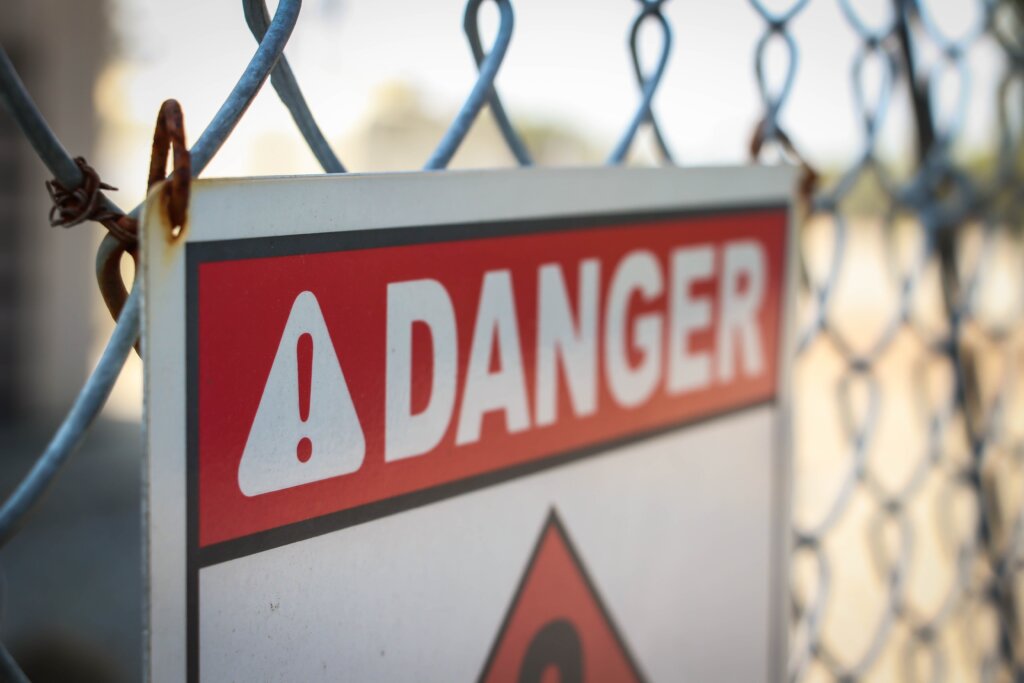The Greatest Sign of Conflict and How to Address It

In my previous blog post, I wrote about the difference between conflict and tension, and how many leaders fail to grasp the difference.
This week, I want to help make the distinction a little clearer.
Tension is something leaders and teams live with every day.
It’s the daily challenge of working with a diverse group of people who have their own opinions and insights into the work they do, not to mention their own perspective on life.
Leaders understand that tension is something they can harness to help the team grow and improve. It’s the idea of “iron sharpening iron” that great leaders monitor and encourage. Out of tension can come innovation, ideas, and a deeper team dynamic.
But you have to keep watch, otherwise a healthy tension can quickly turn into a conflict.
In fact, there’s one sure sign that you have a conflict within your team. Once you know to look for it, you’ll realize that it’s as obvious as the sun in the sky.
Silos.
Now, that’s a business term for a human instinct: putting up walls between ourselves and other people. And when you or I realize that our team has become siloed, we can rest assured that there’s a conflict that needs addressing.
You see, silos are a defense mechanism.
They’re barriers and boundaries that people erect to keep unhealthy conflict and confusion at bay, and they develop in any number of ways.
- A co-worker with an explosive temperament.
- A leadership decision that was interpreted as hurtful or unilateral.
- A misuse or disregard for personal or team input or efforts.
- A lack of shared vision.
- A history of exclusion and insulation.
It’s easy to assume that silos are an attitude problem—the result of people who choose themselves over the team. While that might be true in some cases, it’s still the responsibility of a leader to dig in whenever silos appear; if you don’t, if you leave the conflict unaddressed, you allow the silos to thicken, or worse, increase in number.
In his book, Silos, Politics and Turf Wars, Patrick Lencioni writes, “Silos—and the turf wars they enable—devastate organizations.”
Do you see that word devastate?
That’s a big word, and it might seem to overstate things, but it is one hundred percent the truth. A team that is walled off from one another can’t function at its capacity. Silos have to be torn down, and it’s up to the leader to get the wrecking ball rolling.
So, what can you do as a leader to tear down silos? It’s simple.
Get to the root of the conflict.
That means you as the leader must do three things:
- Act quickly—conflict is like a forest fire: if you catch it early, you can limit the damage. While silos may develop slowly, the moment you are aware of them as a leader, you need to take action. Don’t let conflict smolder—have the courage to take action.
- Embrace the conflict—you have to acknowledge that something is wrong, and it needs to be dealt with. Too many leaders try to come at conflict from the side, hoping to avoid awkwardness. But conflict is awkward; there’s no use trying to hide that. So instead of secretly working your way around the room, bring everyone together and address the issue.
- Practice the 101% Principle—your team is a team for a reason. Point them back to the foundational values and vision you’ve collectively embraced, and remind them of everything they have in common. In fact, the 101% Principle says, “Find the 1% common ground you have in a situation and go after it with 100% of your effort.” Relationships will take time to heal, but clearing the air and resetting your team’s focus and expectations will lay the ground work for that healing to begin.
If I could offer one last piece of advice to you as a leader, it’s this: keep the pulse on your team.
Walk slowly through the crowd. Be present. Check in with your people and let them know that you’re with them and for them.
These things take time, yes, but they allow you to gauge the tension on your team and prevent it from becoming conflict.
What leadership lessons would you offer on this topic? I’d love to hear your thoughts in the comments.
More Articles

Do I Believe The Best In Others?

BIG ANNOUNCEMENT!









2 thoughts on "The Greatest Sign of Conflict and How to Address It"
In the past I have failed to address conflict quickly and it spread through the team, which created a “Staff Infection” and was much much harder to eradicate! I will now act/embrace the conflict more quickly and use the 101% Principle!
THANK YOU for the 3 actions steps.
In my team, I have many high C(Choleric) members. They are vocal, head strong and sure footed in their mindset. When we first started about a year ago. We start out as friends, ready for a new mission. As we were all new to each other with many different background, apparently the friendship ties were not strong enough to hold the working relationship. High C’s do not like to be questioned, probed upon or queried and they can be difficult team players. How then should this be addressed?